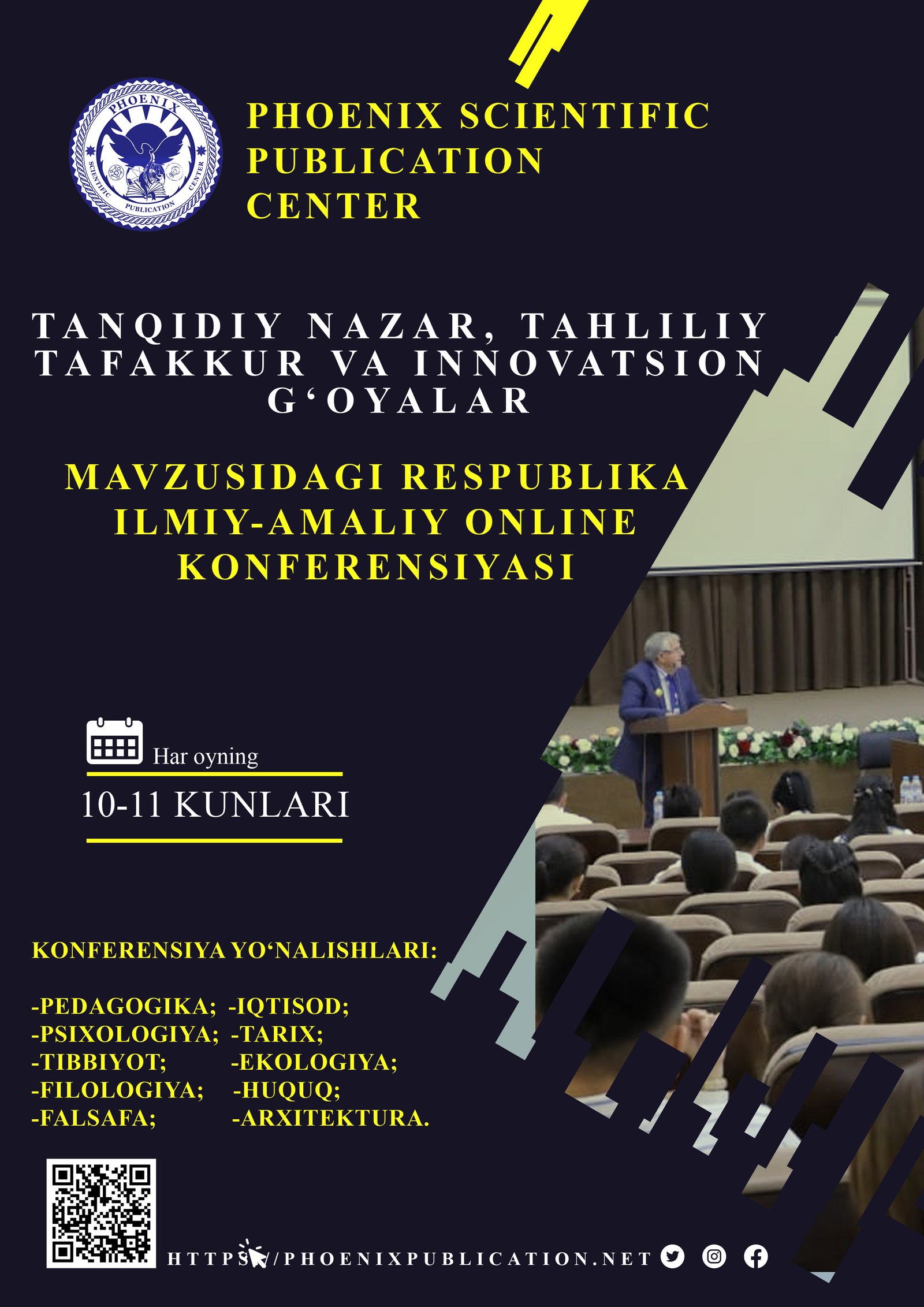Abstract
This article explores the linguocultural aspects of English terms that have been adopted into the Uzbek language. These borrowed words are frequently used in everyday conversation and help in passing down national stereotypes and value systems from one generation to the next. The research aims to study the connection between language and culture, the issues that arise when they merge, and how each influences the development of the other. Additionally, it examines how they relate to social life, philosophy, and psychology.
References
1. Haugen, E. (1950). The Analysis of Linguistic Borrowings in Language: Washington. Linguistic Society of America. International Journal of Education, Social Science & Humanities. FARS PublishersImpact factor (SJIF) = Publishing centre of Finland
2. Toshkinboev, S. (2023). Teaching School Children to Become Fluent and Accurate Speakers.
3. Маслова В.А. Лингвокультурология: учеб. Пособие для студ. высш. учеб, заведений / В.А. Маслова. –М.: Издательский центр «Академия», 2001. –208 с.6.
4. Jalilovna, K. S. (2022). Common Similarities and Differences of Uzbek and English Fairy Tales. European Journal of Innovation in Nonformal Education, 2(1), 366-369.
5. Jalilovna, K. S. (2022). COMPARATIVE ANALYSIS OF UZBEK AND ENGLISH FAIRY TALES. IJTIMOIY FANLARDA INNOVASIYA ONLAYN ILMIY JURNALI, 80-83.
6. Jalilovna, K. S. (2022, February). A CASE STUDY ON VOCABULARY LEARNING THROUGH READING FAIRY TALES. In E-Conference Globe (pp. 5-6).
7. Non-Verbal communication as transfer of emotional states. M.Omonova. UzMU xabarlari 1 (1:3) 345-348
8. Ingliz va O’zbek tillarida meliorativ termenlarning Affiksiya usuli bilan yasalishi M. Omonova Ilmiy axborotnoma, 66
9. Хамракулов, Т. З. & Бадридинов, О. У. & Шерназаров, А. Т. (2023). ИЗМЕНЕНИЯ В ПАТОГЕНЕЗЕ МИКРОЦИРКУЛЯЦИИ ПОДЖЕЛУДОЧНОЙ ЖЕЛЕЗЫ ПРИ ГИПОКСИЧЕСКОЙ ГИПОКСИИ. Klinik va profilaktik tibbiyot jurnali, 180-185
